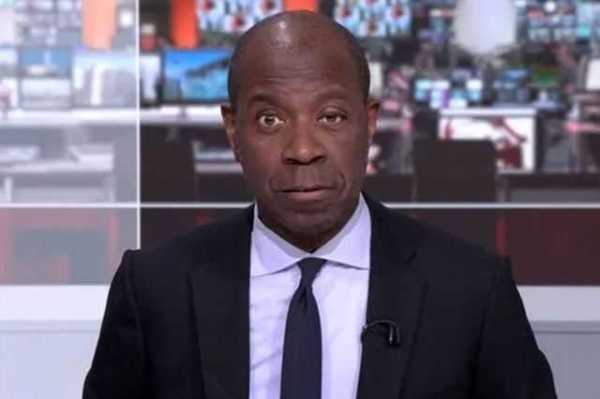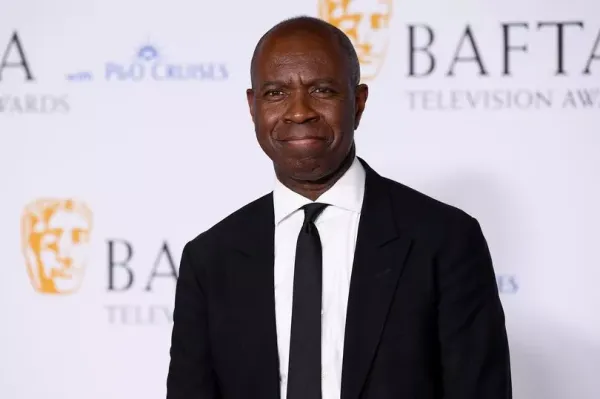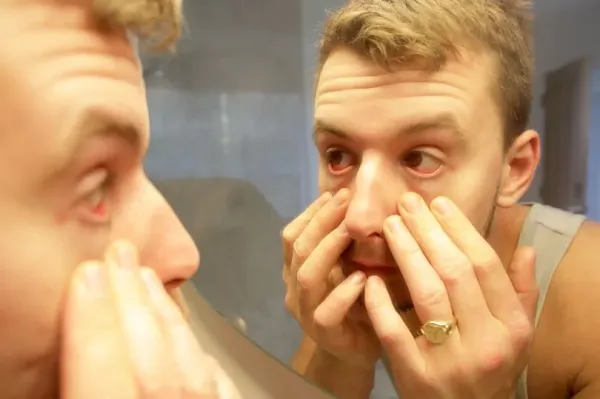
BBC presenter Clive Myrie sparked concern among viewers during his live broadcast on News At Six on January 6, as they noticed a significant droop in his left eyelid. The beloved news anchor's appearance led to a flurry of social media speculation about his health, with many questioning if he was alright.
Myrie has since moved to reassure viewers that it was "just an infection", a statement which was confirmed by the . However, drooping of the eyelid, also known as ptosis, is not an uncommon occurrence as up to three percent of people who receive Botox can experience it within two weeks of their injections.
A 1995 UK study also found that 42% of Brits over the age of 80 had ptosis. notes that early symptoms of the condition can include difficulty keeping your eyelids open, eyestrain, eyebrow ache, and fatigue, particularly when reading.

While it's typically a cosmetic issue that may rectify itself once the root cause is addressed, sometimes eyelid surgery is required to prevent vision impairment. There are numerous causes, including congenital ptosis present from birth or developed in adulthood due to infection, growths, injury, prolonged contact lens use or complications from eye surgeries.
READ MORE:
READ MORE:
Marcus Gunn, a form of ptosis, results from an abnormal link between facial nerves and is usually identified early in childhood. It leads to one droopy eyelid that lifts when the jaw opens, also known as 'jaw-winking' ptosis. While Clive's ptosis raised eyebrows, some celebrities have embraced their unique features.

Renowned actor Forest Whitaker famously has ptosis in his left eye and Radiohead musician Thom Yorke has openly discussed his health struggles. His left eye was paralysed at birth and multiple unsuccessful eye surgeries ultimately resulted in ptosis.